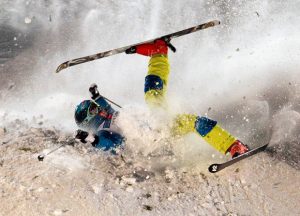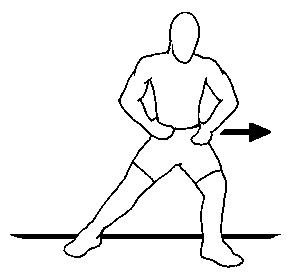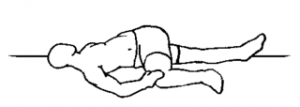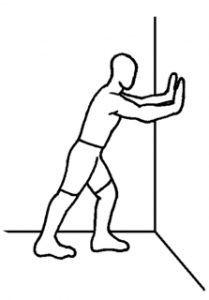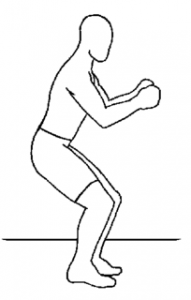With Summer now upon us and some warm weather on the horizon (hopefully) it is one of the most exciting times of the year for tennis enthusiasts. The Wimbledon Championships bring out the best players in the world inspiring us to take to the court, and for most of us who play seasonally, it can become a challenge to stay injury-free.
Tennis injuries can occur in players of all skill levels, from the professionals to the recreational player. One of the main causes of injury is the inability of an area of the body to withstand the demands placed upon it, often resulting from either a lack of training or training too much.
Here are a few tips on how to prevent injuries from occurring on the courts.
1. It all begins with the racquet–having the correct grip size and string tension can minimise the stress placed on your elbow and shoulder. Tennis specific shoes, which have a sole designed for the surface, help protect your feet and ankles.
2. Your warm-up should begin with jogging then proceed to sport specific movements such as side steps or forward/back runs. Once you’ve warmed up until you’re sweating a little, you can begin some gentle stretches. Hold each stretch for about 30 seconds and do 2-3 repetitions. Do not stretch to the point that it causes pain.
3. Next you can proceed to hit tennis balls inside the service boxes to help build racquet head speed and control, in preparation for hitting with longer swings from the baseline.
4. Strength training, especially in the shoulder, can help prevent injuries such as tennis or golfer’s elbow from occurring. Build strength in the legs to allow for better positioning to hit the ball on the court, as well as the ability to transition power from the legs to increase racquet head speed on the tennis serve. Core strengthening can provide the important link in the chain between the lower and upper body in all tennis strokes, which require trunk rotation as well as stability. Core strengthening exercises should focus on abdominals, lower back and hip musculature.
5. Footwork is one of the fundamentals in tennis, as it allows the player to get into the proper position to hit the ball and to recover in time for the next shot. Speed and agility drills can be performed, including changes in direction and reaction time. It is most beneficial to perform these at maximal effort with short duration rest breaks of 10-20 seconds to mimic an actual tennis match.
 6. Preparation for the ground strokes starts with good footwork. Avoid hitting the ball late to prevent stress on your arm by swinging back the racquet early. It can be helpful to get an evaluation from a teaching professional for proper technique and grip position.
6. Preparation for the ground strokes starts with good footwork. Avoid hitting the ball late to prevent stress on your arm by swinging back the racquet early. It can be helpful to get an evaluation from a teaching professional for proper technique and grip position.
7. Shoulder injuries are very common in tennis. Tennis players often lose rotational range of motion, which can predispose the shoulder to injury. It is essential to address this inflexibility with stretching exercises. Another key factor to prevent shoulder injuries is maintaining adequate strength in the shoulder blade and rotator cuff.
8. Stretch after playing tennis to help prevent any soreness or stiffness and to speed up the recovery process. If any part of your body is sore, you can apply ice for 15-20 minutes.
Good Luck!


 With Ski resorts opening early this month to make the most of the bumper snow falls in the Alps it is the perfect time to head down to the Osteopath for a pre-ski check if you are planning on a trip up to the mountains.
With Ski resorts opening early this month to make the most of the bumper snow falls in the Alps it is the perfect time to head down to the Osteopath for a pre-ski check if you are planning on a trip up to the mountains.
